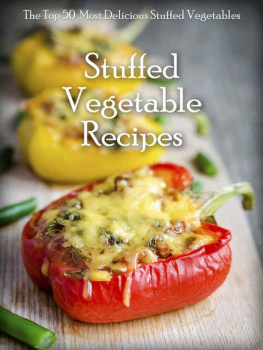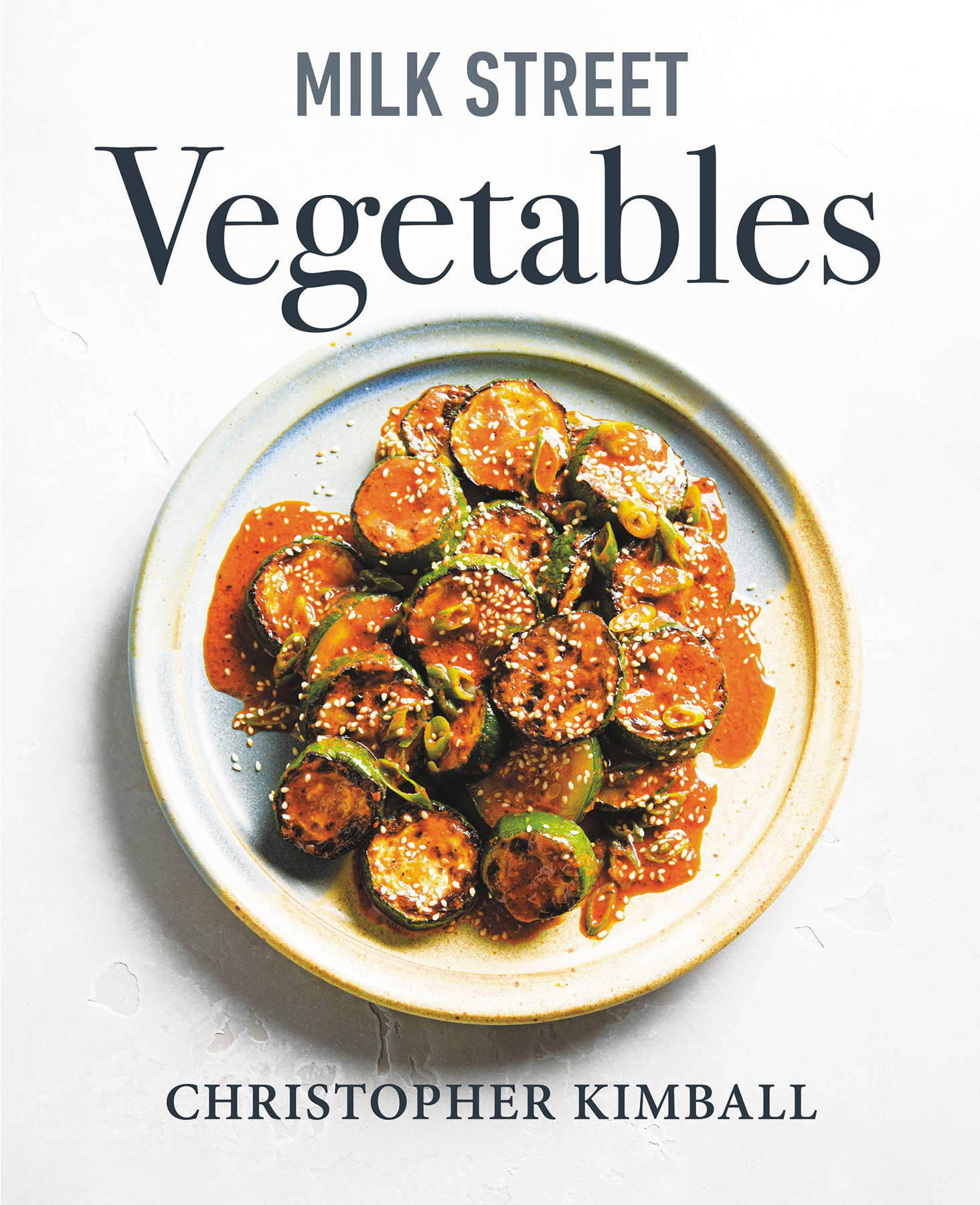Chili-spiked carrots. Skillet-charred Brussels sprouts. Hearty, roasted cauliflower steaks. Crisp and browned potatoes brightened with harissa and herbs. Vegetables at the center of the plate. Wonderfully so.
For much of history, most people around the world treated meat as an accent or flavoring, not the main event. The exception, of course, has been Britain and the U.S., generally awash in cheap meat (hence the 18th century ballad, The Roast Beef of Old England).
The Middle East, for example, offers mostly vegetarian cuisines, whether you live in Tel Aviv or Beirut. In this tradition, we are not afraid to add just a bit of ground meat to a vegetable stir-fry or anchovies to add savory depth to skillet-charred Brussels sprouts. This is not a vegetarian cookbook; its a modern guide to preparing vegetables.
Its not a matter of inventing anything new. The rest of the world is way ahead of us in taking vegetables to heart because grains, legumes and produce already were at the center of their diets. Given, however, that supermarket vegetables often lack in flavor what they deliver in visual appeal, the modern cook no longer can rely on the inherent flavor of, say, celery or cucumbers to get the culinary job done.
We need to look to the global pantry and the wisdom of other cultures to rescue the sad history of vegetables here in the U.S. (In an early edition of The Boston Cooking School Cookbook, vegetables garnered just 42 pages out of 757. And a typical offering was Carrots Huntington4 cups of carrots cooked with cup butter and cup cream. Yikes!)
To up our game in the vegetable department, we had to get on the road to spend time with home cooks who could show us the way. We traveled to Athens to learn why winter vegetable stews should taste lighter and brighter, not heartier and heavier. In Cairo, we tasted eggplant that got not just flavor, but also bold pops of texture from whole spices. And in Puglia, Italy, we had a revelatory bite of zucchini enriched by ricotta cheese and lemon.
The results speak for themselves. With one head of cauliflower you might choose Cauliflower Shawarma; Smothered Cauliflower with Tomatoes, Capers and Raisins; Sichuan Dry-Fried Cauliflower; Pasta with Cauliflower, Garlic and Toasted Breadcrumbs; or Curried Cauliflower Rice with Peas and Cashews. Ease up on the butter and cream.
One final note. We have started with recipes that have provenance and history. Bp xo tm kh, for example, is the starting point for Corn with Shrimp, Chilies and Scallions. But this book does not offer authentic recipes per se; adaptations are necessary to make recipes work in an American kitchen. (And the notion of perfectly replicating a recipe from, say, Oaxaca, is a hopeless endeavor. You can get across the fundamental concept but not the heart and soul of a recipe in a kitchen thousands of miles away. Even the water is different.)
The premise is simple. Its high time that vegetables move to the center of the plate so that meat can, more often, take a secondary role, a source of flavor rather than the main attraction. But that does not mean that here at Milk Street we do not love whole hog barbecue or a steaming bowl of Taiwanese Beef Noodle Soup.
All things in moderation. Including moderation.
START TO FINISH: 40 MINUTES
SERVINGS: 4 TO 6
A sheet of frozen puff pastry, thawed and rolled into a slightly larger rectangle, is the crust for this simple but impressive savory tart. We toss the sliced tomatoes and onion with salt and pepper to season the vegetables while also allowing them to release some of their moisture for both better texture and flavor after baking. Using the tines of a fork to poke holes in the rolled-out pastry prevents the center from becoming too puffy, but leave a 1-inch border around the edges so the pastry forms a light, crisp outer crust.
1 pound plum tomatoes, cored and cut crosswise into -inch slices
small red onion, thinly sliced
Kosher salt and ground black pepper
1 sheet frozen puff pastry, thawed
2 tablespoons Dijon mustard
4 ounces Gruyre OR provolone cheese, shredded (1 cup)
cup pitted black olives OR green olives OR a combination, chopped
1 tablespoon extra-virgin olive oil, plus more to serve
1. Heat the oven to 450F with a rack in the middle position. Line a rimmed baking sheet with kitchen parchment. In a large bowl, toss together the tomatoes, onion and teaspoon each salt and pepper; set aside. With a rolling pin, roll the pastry into a 10-by-14-inch rectangle, then place on the prepared baking sheet. Using a paring knife, score a 1-inch frame around the edge of the pastry, then poke holes in the pastry with a fork, avoiding the border. Spread the mustard on the pastry, avoiding the border, then sprinkle with the cheese.
2. Using a slotted spoon, distribute the tomato-onion mixture in an even layer on top; discard the liquid remaining in the bowl. Sprinkle with the olives and drizzle with the oil. Bake until the pastry is golden brown, 15 to 20 minutes. Cool for 5 to 10 minutes before slicing. Serve drizzled with additional oil.
Optional garnish: Chopped fresh oregano OR torn fresh basil OR













